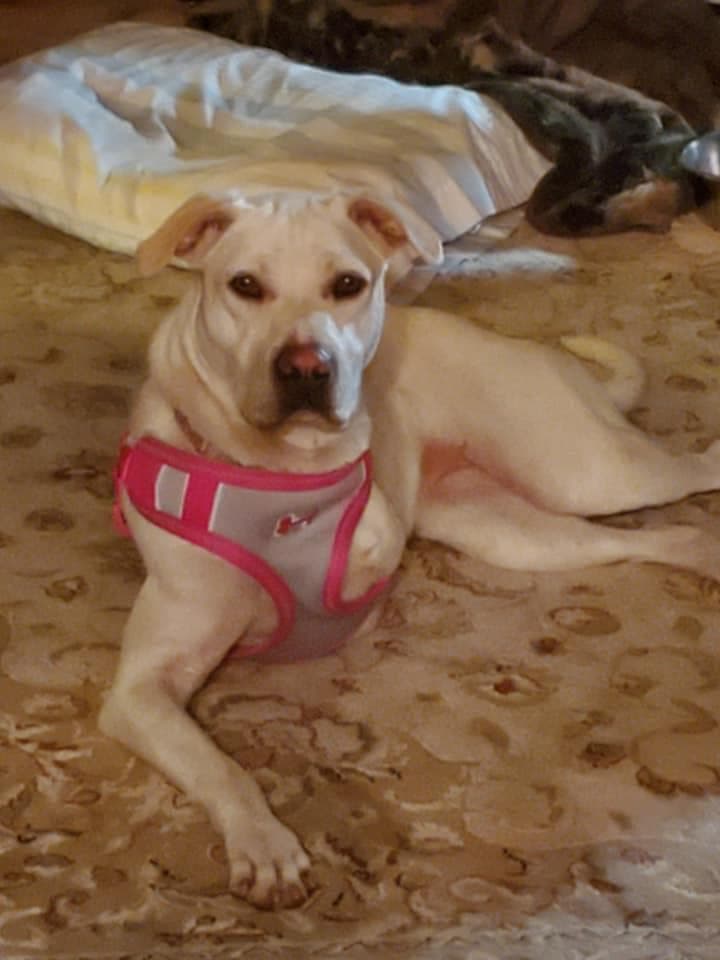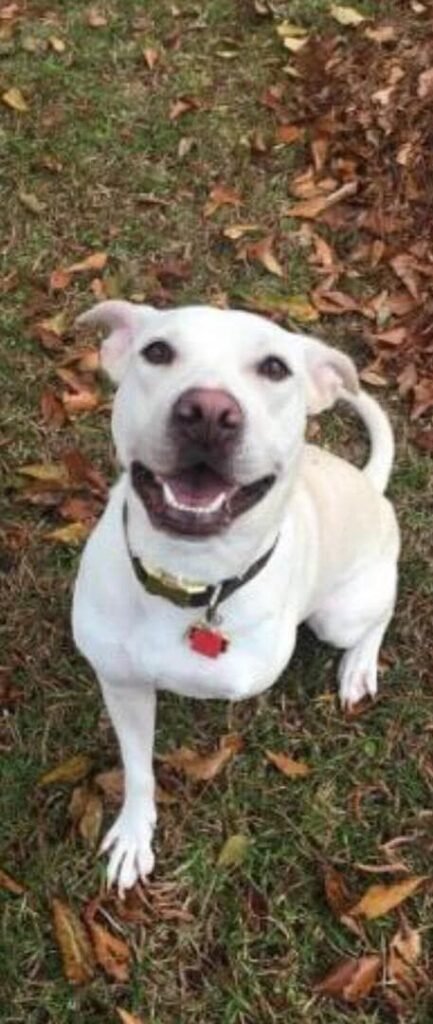By SK9A Staff | October 25, 2022 | Equipment
Equipment

- Leash
- Collar
- Buckle
- Martingale
- Prong
- Harness
Seems pretty simple doesn’t it, get a dog, get a collar, get a leash and you are good to go. Right…. Not always. Especially if you get an older dog, you may not know their background. What they have been through, you may have a few challenges. So, we are going to talk a little about some of the training equipment you may need.
While these are not the only pieces of equipment we use, these are the ones we will focus on today.
Leashes
On the other hand, could be a little simple, depending on what you are doing. For a walk, you could use any type 4-6 feet in length. For the training, you will need one that is at least 15 feet in length. Why? You need to be able to step away from your dog but also have control just in case your dog decides to run. But for the most part, a leash needs to be something that feels and fits comfortably in your hand. Tim like most K9 handlers/trainers likes a good leather leash. He says it just has a better feel. We wouldn’t recommend the ones with the elastic, sometimes that gives the dog some leverage especially if they are a puller. It will give them some extra pull and may drag you to the ground.
Collars
When we say this, we usually mean a buckle or flat collar. A “soft” dog will do good on a flat collar they only need minimal correction. This also applies to a martingale collar; most are made of a nylon woven pattern and some have a chain others are made of the same material as the collar; that will come together if the dog tries to pull away. These collars are really good if your dog can slip a normal buckle collar.
Prong collars
Have gotten a very bad rap. Because one story went around about a dog owner that made a homemade collar with nails and then decided to tie that dog to a tree. Prong collars were designed by a behaviorist to mimic the mother’s bite or litter mates. It gives that slight correction the dog may need, especially if your dog is a puller. The two sizes we recommend are 3.0mm or 2.5mm and the brand we like most is the Herm Sprenger. It seems to give an equal correction around the neck.
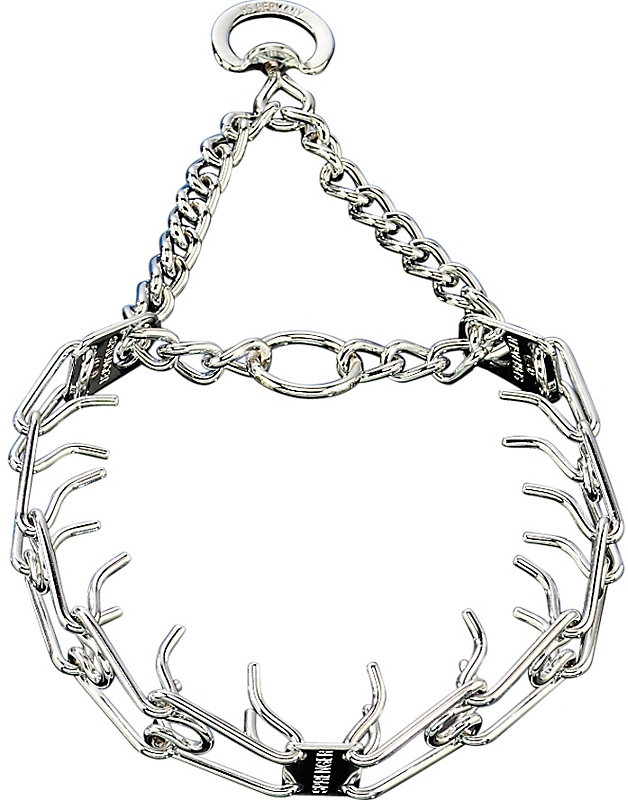
Harness
The only time we use a harness is when we are training a working dog. There is no such thing as a no-pull harness. Harnesses are designed for pulling! What do we put harnesses on…. horses to pull wagons, carriages, or whatever is heavy and needs to be moved. A harness is also used in skydiving for Tandem jumps attaching another person to the trained skydiver. A harness is also used to hold the parachute and the diver in place. In the dog world when we are using a harness, we use them to trail or track dogs, it holds no resistance on the dog. We want the dog to pull us to where we need to go. I want to repeat that PULL us to where we need to go!!
There has been one time we used a harness and that was on a three-legged dog named Annie. She was missing her front leg. If I remember the story right, she was shot by her owner’s boyfriend and left to die before a mailman found her and contacted USA Rescue who took her in and got her the medical care she needed. But by the time they got to her the damage to her leg was not repairable and they had to amputate her front leg. We took her in to help with some training and she did amazing. She did struggle to walk from time to time and just couldn’t hold her balance. We took her to PetSmart for an adoption event and Jennifer walked by the harnesses and had an idea and put one on her to just see what would happen. It was like her whole demeanor changed, her walking improved, and she just seemed like a happier dog. So, we purchased the harness, and it went with her when she was adopted a short time later. So, in some instances, a harness is a good thing, especially if it assists the dog.
Working their MIND
By SK9A STAFF | October 17, 2022 | Training Tips
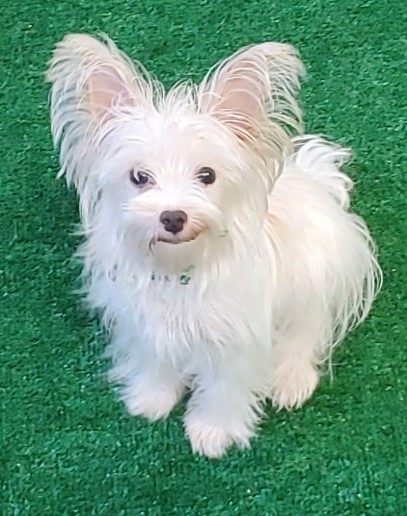
Why is this so important…..
Unless you like the Tasmanian Devil living in your house especially if you own a working dog like the Shepherd, Husky, Belgian Malinois, or any herding or working breed. You will most definitely want to work your dog’s mind.
I have the sweetest example. Y’all know my sweet Nala, I know what you are thinking she isn’t a working dog. I beg to differ, look up Earth dogs! Tim had to do a report at Highland Canine on them, you talk about one giddy woman!! Anyway, Miss Nala goes on trips with me, and she went with me when I took our sweet little girl schnauzer to her new fur-ever family. Nala rode most of the way sitting on the console next to me. She would lean on me every now and again but for the most part didn’t want to miss anything. This was an hour-long trip one way!
We drop off our sweet schnauzer. I get Nala out to go potty and stretch her legs. On the way home, Nala looks over at the car seat she hates riding in! She attempts to figure out how to get in, so I pick her up and put her in. She gets comfy and falls fast asleep and slept all the way back home.
What does this have to do with working her mind you ask. On this drive there were stops, turns, changes in speed and that middle console is leather and she slips and slides all the time. So, she had to stay awake and hold on when she had to. Staying awake and being aware of her surroundings wore her out. Just like if you sat at your computer and worked for an hour, I know I am tired after working at my desk for even a little while. It has drained my brain!!
How do I work my dog’s mind you ask????

You could try a structured walk – not only are they getting exercise but by making them mind you they are working their brain trying to figure out your next move. They want to please you.
We teach a command called the Place command. It is an elevated bed we teach the dogs to go on. They can do anything they want except get off and bark. How does it work their mind, they are trying to figure out how to get off most of the time. Sometimes they are waiting for you to tell them they can get off.
Food puzzles are another way to work your dog’s mind. They help because you put their food in, and they have to figure out how to get the food out to eat.

Just working your dog through some training will work your dog’s mind. You would be surprised how much energy they will burn by doing a 15-20 minute training routine.
The Crate
By SK9A STAFF | October 11, 2022 | Training Tips
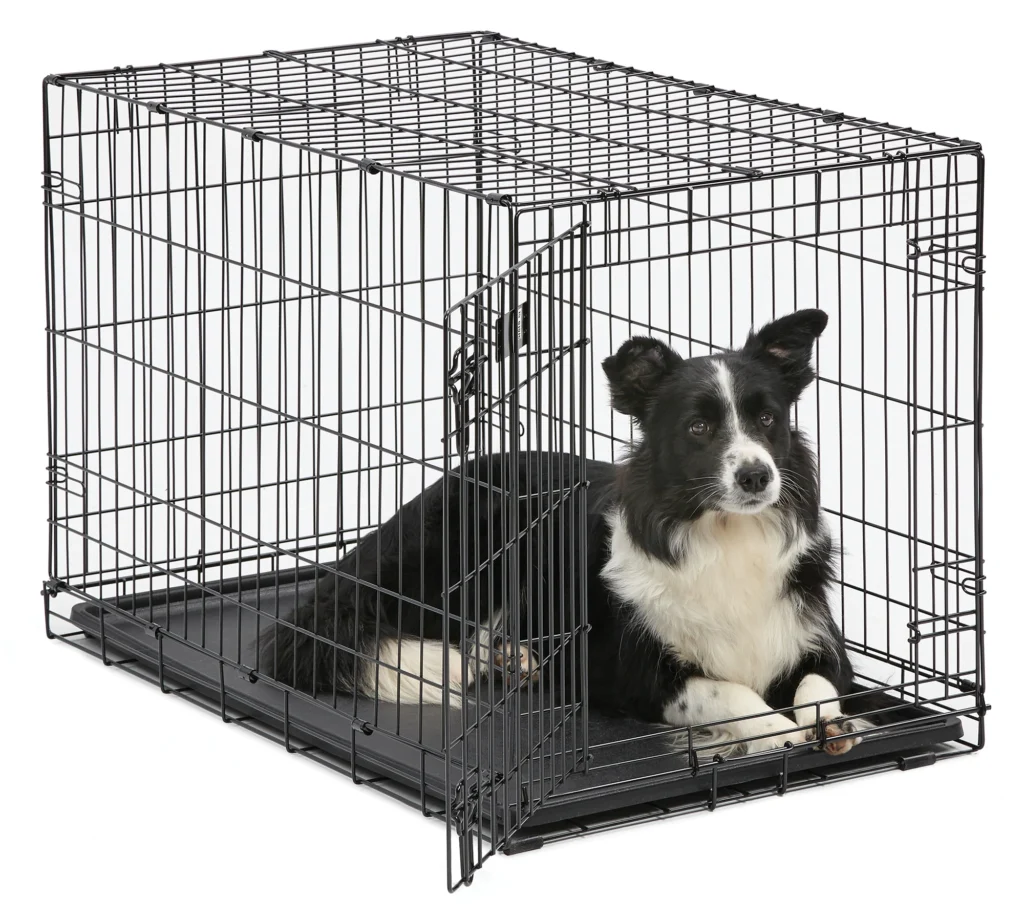
How to properly crate train your dog.
Like our last blog, we have heard it all.
- I don’t want my dog locked up all day.
- When he chewed up my phone, I shoved him in his crate.
- I just can’t get her to go in.
Dogs are den animals by nature.
Den Animals
I know what you are thinking it says moles, groundhogs and gophers……here is another quote and if you click the link, please read all the story not just the first paragraph!!
Crates taught in the right way are a good thing, a safe place for your new or older dog to go to. It also keeps the mess they may make contained to one small area. If they potty in the crate a small area to clean up instead of several piles throughout the house. If your dog chews stuff up, the crate will keep that to a minimum. There in nothing in the crate for your dog to chew up. Remember my last blog how much stuff can a one-year-old get into unsupervised!! How much can your dog get into unsupervised, just like that toddler it could mean life or death if not watched all the time.
Here is an example you have all seen Noodle on our Facebook page. When she first came in for training, we began with the crate which she was already used to. One day I had some office work to do and gave her some free time. I left the door of the crate open, but she went back in and stayed there probably to get away from the puppies. In the end it was a place she wanted to be.
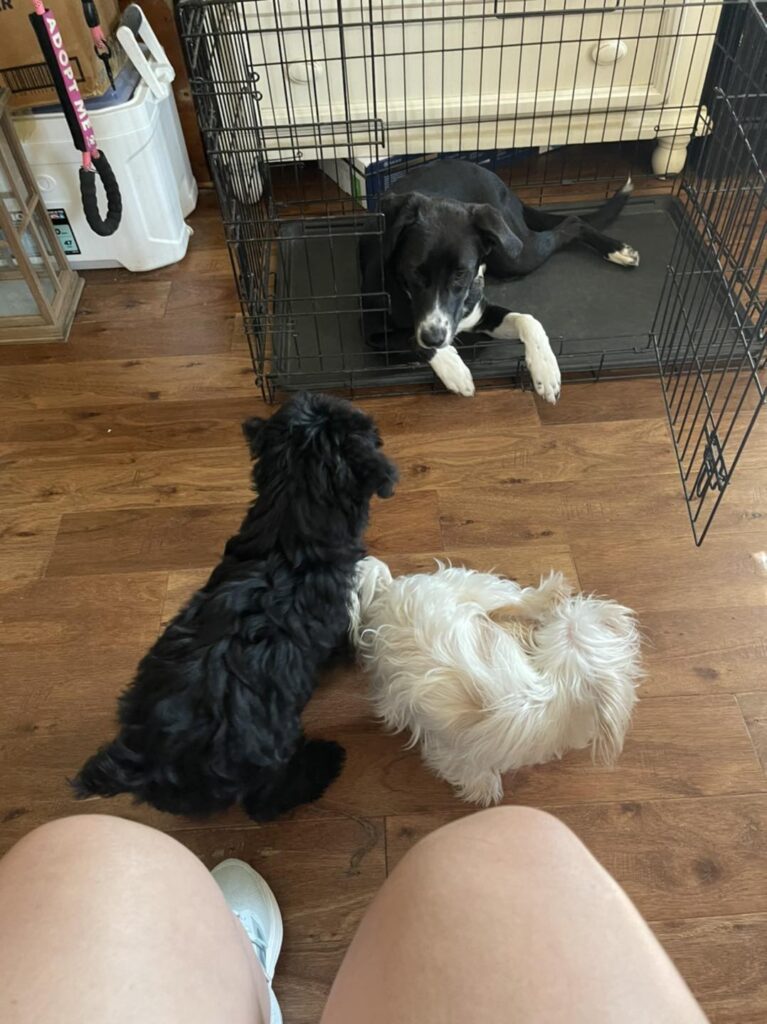
Another example – the schnauzer puppies, we started crate training them at 6 weeks. It took a bit of time before they didn’t go to the bathroom but that isn’t the story here. I would give them free time to let them play outside of the crate. When it was time to put them up and I would go and find them, most of the time they would be in their crate asleep. It was their safe place to be.
How to begin….
First choose a crate that is the size of your dog, it needs to be big enough for your dog to stand up and turn around. It does not need to be a condo! Exception – puppies, try to find one that has a divider. That way you can increase the size as your puppy grows.
Second choose the right crate. If you have a high energy dog or one with some anxiety the wire crates or plastic crates you can find at any local store won’t do. You will need a sturdier crate like a Ruff Land crate. Again, make sure you get the right size crate.
Third remove any training collars from your dog. Especially prong collars, they can get caught on the crate and cause major damage to your dog, even death.
Fourth make it a positive experience. If your dog does not want to go in use some treats and small steps if needed. If your dog makes it to the crate door give him a treat and mark and reward him. The next step throw a treat in, mark and reward when he goes in. Another idea is to feed your dog in the crate, they will look forward to going in when it is mealtime.
Once your dog knows how to go in the crate you can add a command like Box, Crate, Home whatever you want it to be.
Don’t forget the release command “free”, this tells your dog it is ok to come out of his crate.
I hope this has helped with the understanding that crates are not a bad thing but a good place to be especially for your dog. If you are having trouble and need a little help, give us a call, we can help and may only take a lesson or two. Give us a call.
October 3, 2022
What is the first thing you want to accomplish when you get a new puppy/dog?
Potty Training!! House Training!!
- I have tried everything.
- I stuck his nose in it.
- I put out potty pads.
- He/She was outside forever!.
- I don’t want to use a crate.
- He/She goes potty in the crate.

Those are some of the things that we have heard over the years. Here are the reasons it won’t work.
Sticking their nose in it.
You have 1.3 seconds to catch them having the accident! If you find the mess afterwards it is too late. You have inadvertently gotten on to your dog by coming to you or watching the ceiling fan twirling around.
Potty Pads.
Are good in theory. They are good for newborn puppies, puppies under 10 weeks old. I say this because they are not old enough to tear up the pads….usually. Potty pads are bad because they teach the dog it is ok to go to the bathroom inside your home. Now I know some dogs are great they go on the pad and pad only. Some on the other hand tear them to shreds and you have a mess to clean up, on top of a “mess” to clean up!
Putting them outside alone.
The reason this doesn’t work is because they get to playing especially if you have more than one dog. They sniff everything in the yard, and they well just forget to go. You have to watch them, sometimes this is bad too then they follow you to the bathroom!!
The crate.
We have heard it all – it is a bad thing; we don’t want our dog crated all the time.
The Good – Dogs are den animals by nature. We humanize them and try to take away everything that is natural to them. The crate is a good thing, a safe place for your dog. The crate needs to be the size of your dog, not a condo. Your dog should be able to stand up and turn around. The crate should never be used as a punishment. Remember we are raising a dog not a puppy. Our rule of thumb is to crate your dog for the first two years of its life. I know that is an awfully long time but remember dogs age differently than we do. You wouldn’t leave your one-year-old roaming the house alone would you. Your child doesn’t get freedom until they are about 18-20 years of age and that is how old your dog needs to be. Once your dog is about 2, they have gotten used to your routine and can be left out of the crate for longer periods of time and sometimes you can remove the crate completely.
Potting inside the crate. There could be a number of reasons.
- The crate is too big.
- Not let out on time (age plays a big role in this)
- Feeding too early
- Don’t have a routine
- Expectations are too high
- Could be a medical reason like a UTI
So, once you have gone through all of these and your dog still is going to the bathroom in the crate. It could be a learned trait but don’t give up there is hope. It will take a little work and we can help.
If you need help, we have some potty tips we can send you, just email us or go to our Facebook page and send us a message. Mention this blog post and we will be glad to send you these tips.
If you have gone through all the tips and have exhausted all the other reasons we gave, we can help. Send us a message and tell us you are interested in a Potty Training Class. There will be a minimal fee, but we will be glad to help you out.
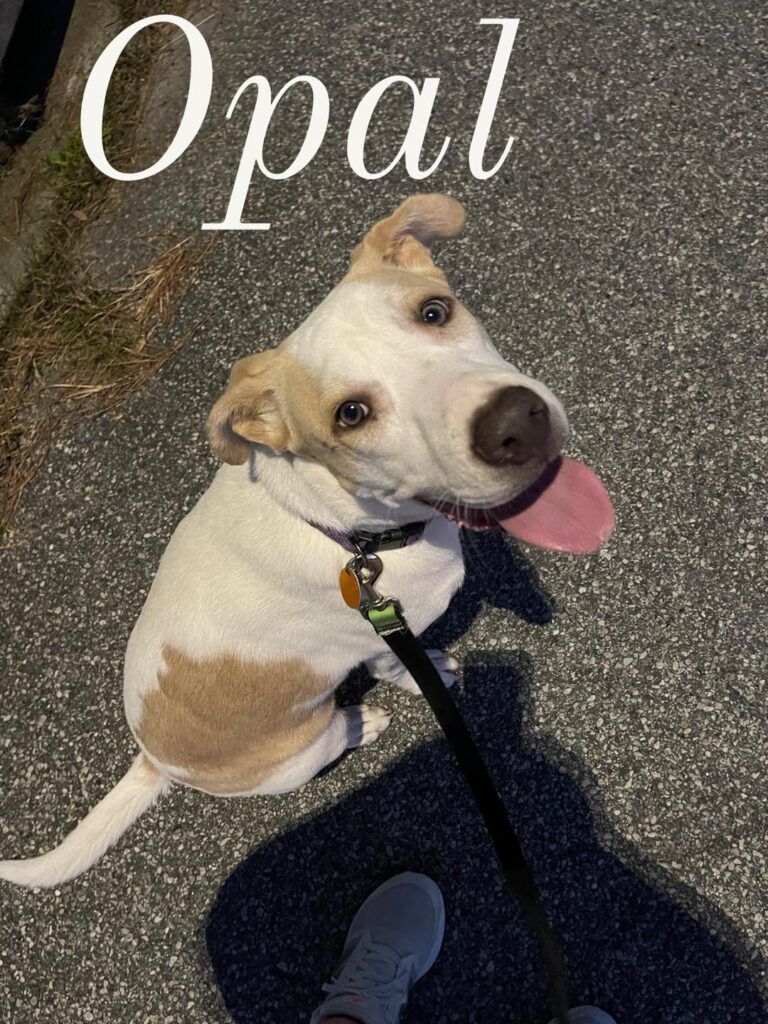
Dog Walking….
September 26, 2022
Do you have structure to your dog walk or does the dog walk you?
Did you know a 20-minute structured dog walk can burn off more energy than just taking a dog for a walk or an hour of play in the backyard! That is right a structured dog walk, what is that you ask. Well, I can’t let all my secrets out, I need to make a living! But it is basically getting your dog under control, not letting them walk all over the place. In essence, walking the dog not the dog walking you.
Some dogs pull that could be the equipment being used (that is another blog…. sorry). It may just be they don’t understand what a structured walk is. There could be a hundred reasons going on because not all dogs are the same. While it may take mere minutes for one dog to catch on it may take another a day or two. The key is not to get frustrated! Have you ever heard they can smell fear!! Well, that is true, and yet again a story for a different day.
Here is a little story about the structured walk.
You have all seen Opal; she is still up for adoption with USA Rescue. Someone help the girl out she is beautiful and needs a good home!! Well, Opal had her issues; one was she had a lot of pent-up energy. So, we began by working with her like we always do. Walks in the morning followed by working on her place command, door manners, etc. She would not sleep all night for anything. So, we began an afternoon walk, a structured walk. She knew the routine by now, but it just helped burn off that energy she had stored up. The first night after we started, she slept all night. The second night well it wasn’t her fault, but she only whined a little, not the howling hollering she had been doing. On the third night, we still had a bit of issues but seem to be getting better, everything takes time because every dog is different!
Each night got better and better most importantly we got SLEEP!! Not every dog is a lap dog and will sleep all night or all day for that matter. Some dogs just need to burn off that extra energy.
If you are interested in learning how to do a structured walk.
We are fixing to start a Pack Walk. Dogs must be dog friendly and people friendly. We will look a bit funny out there so you must be willing to look silly. But we hope to have a lot of fun teaching you how to accomplish what seems to be a simple task but for some not so much.
There will be a small fee for this class we will have a minimum of 5 and a maximum of 10. The more interest we get the more dates we will add. So, if interested give us a call, send us a message on Facebook and we will give you all the information.
Hope you have enjoyed our little story and look forward to hearing from you.
Relaunch!!!!
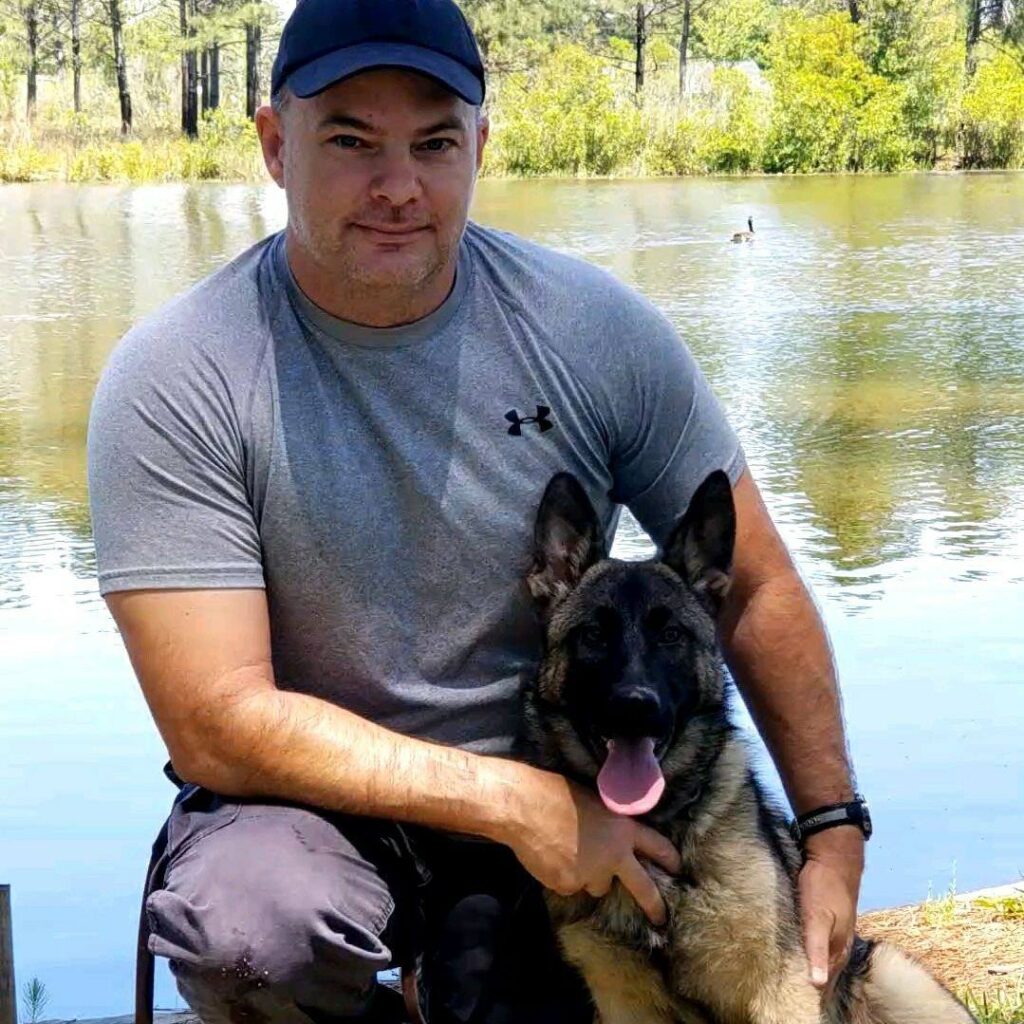
Valdosta, Ga (September 19,2022) – Southern K9 Academy is a well-known dog training facility in Valdosta, GA is relaunching its business.
Southern K9 Academy thrived as a home-based business from its start in 2014 to 2020 when they decided to open a larger facility that offered more than just training. They offered weekend boarding and daily play care to burn out energy in one’s family pet. Southern K9 Academy also offered training, day training and group classes. The business thrived and grew but got away from what they envisioned and what they held dear to their heart.
The New back to the Old
So, in July of 2022 they decided to close their doors and go back to where it all started, at home! Because where else can you get that good home structure every pet parent wants in their dog, but from a home environment.
Southern K9 Academy is owned and operated by husband-and-wife team Tim and Jennifer Glenn. Tim recently went to Highland Canine School in Harmony, North Carolina to get his master’s in training. He endured a long 6 months of book work and hands on training while there. Some of the hands-on training Tim got to do was with police canines. He fell in love with their service dogs and dogs with behavior issues part of the program.
Helping those in Rescues and fosters….
Tim learned a lot about dog behavior while at Highland. With plans to focus more on behavior modifications. He also plans on helping local rescue groups. Tim wants to help the rescue groups or fosters work with these dogs. Some that may have a bit of trouble getting along with other members of the dog family. But some dogs just don’t seem to fitting in, he wants to help them too.
While behaviors are a new focus for Tim at Southern K9 Academy he is more than capable to help you with any issues you may have. If your dog is hardheaded and will not come when called, Tim can help with that. Your dog maybe needing just some basic manners, Tim or Jennifer can defiantly help you with that too.
If you need help with your new fur baby or your 5-year-old Labrador retriever Tim and Jennifer at Southern K9 Academy are here to stay and ready to help you with any and all of your training needs.
